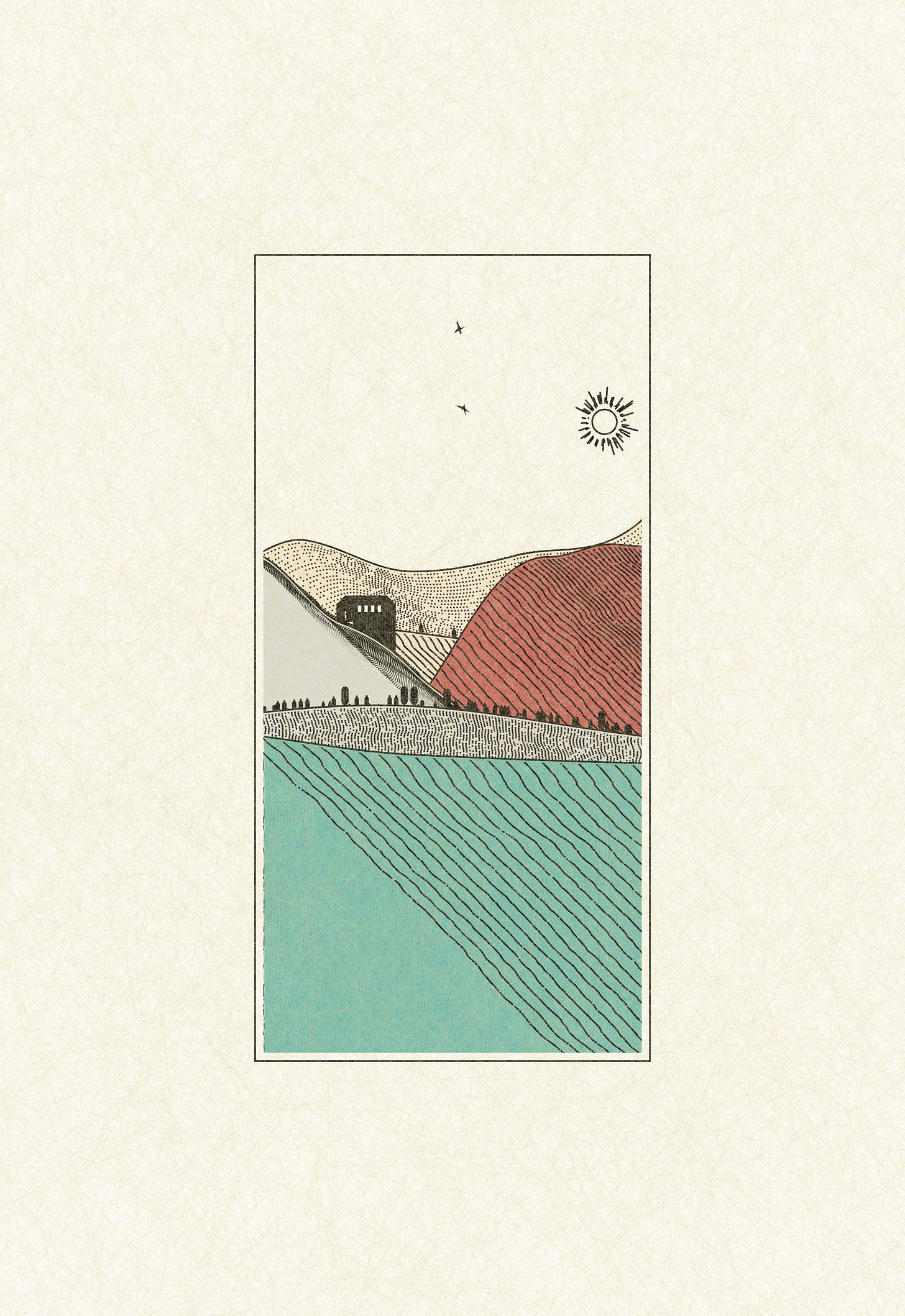Constraints and focus in generative art
Going deep
Our 3 year old has too many toys. So she plays with none of them. She samples. Grabs one for 10 seconds. Then moves on. Sometimes we travel and bring only 1 toy. She plays with it for hours.
I find the same problem with tools and techniques in generative art. When you have 1,000 different toys you never go deep on any of them. You never treat any with care and craft.
More importantly, you never find your own voice. Just the voice of the tool. It’s why so much work in our space looks surprisingly similar.
This is particularly pronounced in digital art because the tools and techniques are so much more powerful, so much more numerous, and leave so much stronger of an impression on the art. Think of noise, flow fields, grain, etc.
Depth, focus, and constraints. That’s where the fun is. All of my best work has come from me doing something inefficiently. From me refusing to add a new tool or technique and thus finding an approach that is unique and interesting or my own.
Like these incredibly inefficient hills.
There’s an ebb and flow to this of course. When you first start it’s good to go wide. And after a long time of depth and mastery, its good to try new things. But I think it’s easier for this to be a curse than a blessing. Constraints are good.
And I’m probably just writing this to avoid learning shaders once again :)
—
This newsletter was adorned with a magnificence of capital letters and produced without the use of a pen (although it lacks clearly divided rubrics). If you enjoyed it, please feel free to forward it to a friend. If you have a question or request, please feel free to reply here.


